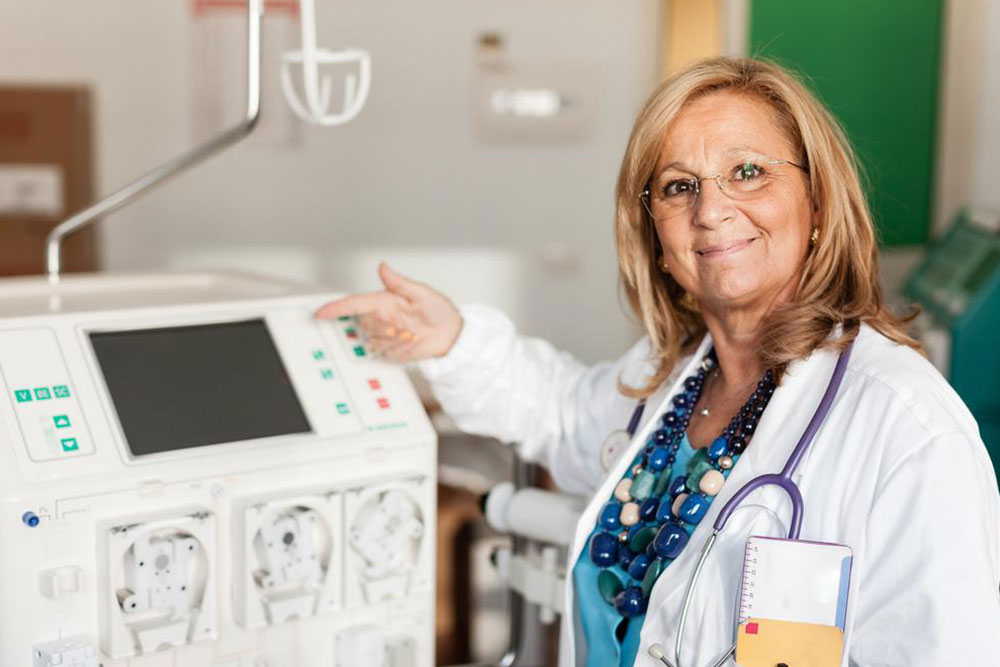Comprehensive Guide to Soft Tissue Sarcoma: Causes, Development, and Stages
This comprehensive guide delves into soft tissue sarcoma, exploring its causes, development, and staging. Learn about risk factors such as chemical exposure, genetic predispositions, and environmental influences. Understand how the cancer progresses, how it is diagnosed, and the importance of staging in treatment plans. With detailed insights into tumor grading and metastasis, this article aims to provide a thorough understanding of this complex disease to patients and healthcare professionals alike.

Comprehensive Guide to Soft Tissue Sarcoma: Causes, Development, and Stages
Understanding the Origins, Progression, and Staging of Soft Tissue Sarcoma
Soft tissue sarcoma is a relatively rare but aggressive form of cancer that develops in the body's connective and soft tissues. These tissues include structures such as tendons, ligaments, fascia, blood vessels, and muscles, which play crucial roles in supporting and integrating the body's various organs and systems. The cells responsible for maintaining these tissues primarily include fibroblasts, which are tasked with producing collagen, elastin, and the ground substances that provide structural integrity and flexibility. Understanding the origin and development of soft tissue sarcoma requires a grasp of how these tissues function and how genetic mutations can disrupt normal cellular behavior.
Despite significant research efforts, the precise causes of soft tissue sarcoma remain largely unknown. It is believed that the cancer develops when mutations occur within the DNA of soft tissue cells. These genetic alterations enable abnormal cells to grow uncontrollably, bypassing normal regulatory mechanisms. As these mutated cells multiply, they form tumors that can invade adjacent healthy tissues or spread to distant parts of the body—a process known as metastasis. Several environmental and genetic factors have been identified as potential risk factors that may increase the likelihood of developing soft tissue sarcoma.
Environmental exposure plays a notable role in the development of soft tissue sarcoma. Workers exposed to specific chemicals, such as chlorophenols and phenoxy herbicides, are at an increased risk, especially those involved in industries like wood treatment, plastic manufacturing, or pesticide production. Prolonged exposure to ionizing radiation, whether from therapeutic treatments or occupational hazards, has also been linked to the onset of this cancer. Additionally, individuals with compromised immune systems, such as those living with AIDS or undergoing immunosuppressive therapy, tend to have a higher incidence. Certain inherited genetic syndromes, like Li-Fraumeni syndrome—a rare hereditary disorder—significantly elevate susceptibility, indicating a strong genetic component in some cases.
Once soft tissue sarcoma is diagnosed, determining the extent of the disease is crucial for formulating an effective treatment plan. This evaluation involves staging, a process that assesses how far the cancer has spread within the body. The widely used staging system in clinical practice is the American Joint Committee on Cancer (AJCC) TNM system. This system evaluates three primary factors: the size and extent of the primary tumor (T), whether cancer has involved nearby lymph nodes (N), and whether there is distant metastasis (M). Additionally, tumor grading provides insight into the cancer’s aggressiveness. Grading is based on the degree of differentiation of the cancer cells, mitotic rate (cell division activity), and the presence of necrosis (dead tissue). These criteria help categorize tumors into grades I through IV, with higher grades indicating more aggressive and faster-growing cancers.
As the disease progresses, staging ranges from Stage I, where the tumor is localized with low-grade cells, to Stage IV, indicating distant metastasis and advanced spread. The detailed staging not only informs prognosis but also guides the choice of treatment options, which may include surgery, chemotherapy, radiation therapy, targeted therapy, or a combination of these modalities. Early detection and accurate staging are vital in improving survival rates and reducing the likelihood of recurrence. Therefore, understanding the causes, development, and staging mechanisms of soft tissue sarcoma is crucial for patients, healthcare providers, and researchers aiming to improve outcomes and develop better therapeutic strategies.





